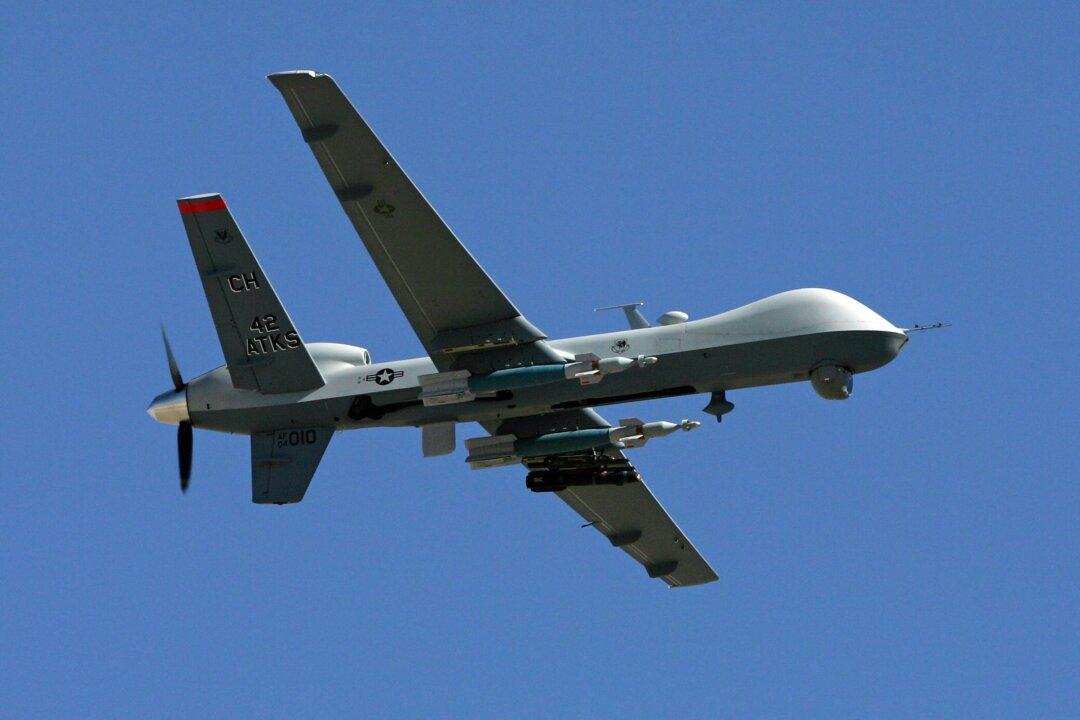Burdened by old, maintenance-heavy Cold War-era planes, the Air Force needs a cash bump to meet its obligations to the National Defense Strategy, according to a report from a respected defense think tank.
But growing the force in size isn’t enough alone, according to the Jan. 22 report, which makes four other key recommendations.





